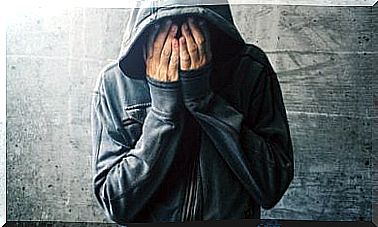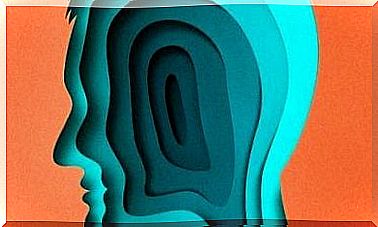Generalized Anxiety Disorder In Children
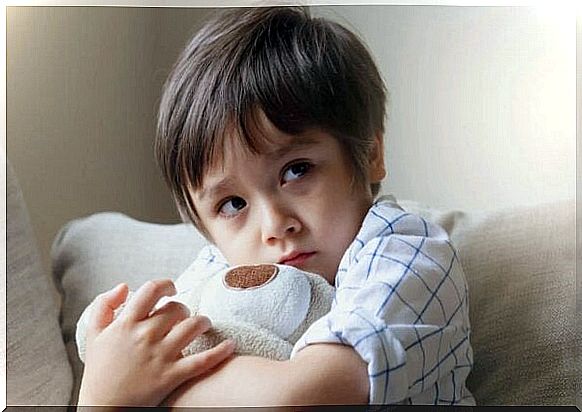
Generalized anxiety disorder in children is one of the most common clinical childhood disorders . In fact, the fears and anxieties of the little ones are quite common. However, some of them suffer from extreme and disabling symptoms. This naturally affects their quality of life.
In fact, a large percentage of children around the age of four to five experience this disorder. Parents usually do not pay much attention to it at first. They tend to assume that the symptoms are only due to growing up and that they disappear over time.
Nevertheless, anxiety that is not treated in childhood will follow the child into adolescence and adulthood. Sooner or later, depressive symptoms will appear. In fact, this disorder will affect their social life, their academic performance and their personality formation.
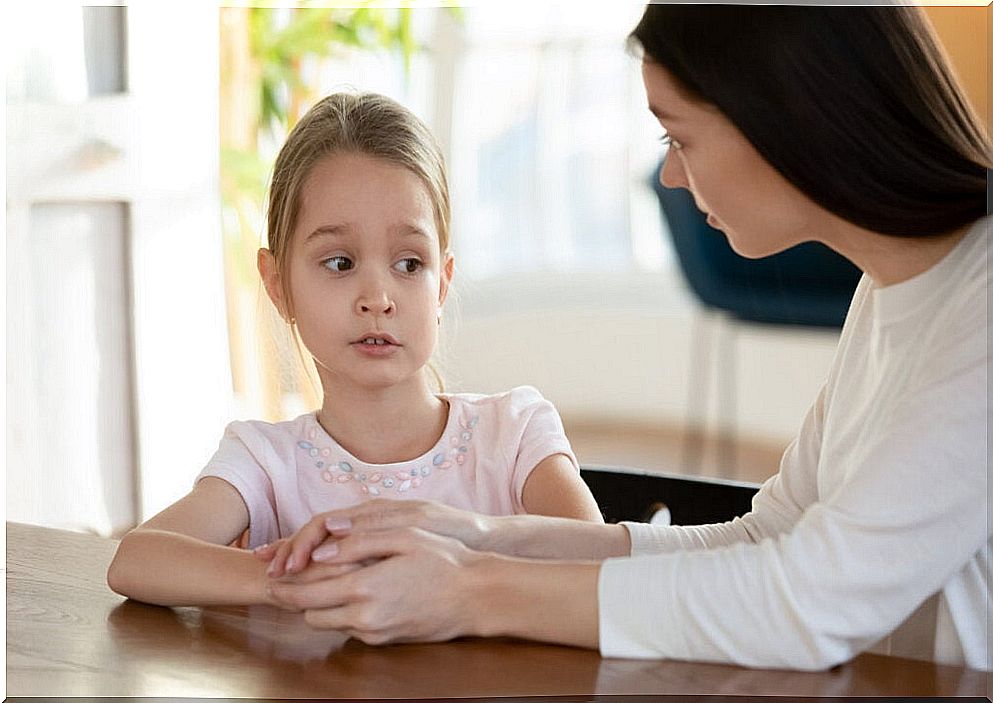
The incidence of generalized anxiety disorder in children
We know that between 15 and 20 percent of children and the young population (three to 18 years) suffer from anxiety. The number is highest in adolescence. When it comes to generalized anxiety disorder, the incidence is 3 percent.
Tulane University in New Orleans researched that extremely young children suffer from this disorder. In fact, at the age of five, they often exhibit certain anxious behaviors. However, it is not until they start school that they are diagnosed with generalized anxiety disorder.
It is important that a correct diagnosis is given. Because in many cases they may suffer from separation anxiety or phobias. These are clinical realities that can disappear over time. However, generalized anxiety disorder tends to be a chronic condition.
Symptoms of generalized anxiety disorder
Generalized anxiety disorder causes different symptoms in children than in adults. For this reason, we should be aware of any symptoms that may be confused with other disorders.
The first aspect we need to consider is that children tend to somatize their symptoms. This means that they convert their mental problems into organic symptoms. Generalized anxiety disorder usually manifests itself with the following symptoms:
- Increased concern about insignificant issues
- Repeated questions about negative events that may occur in the future
- Persistent insecurity and fear of things that might happen to them or their parents.
- Refuse to perform normal activities. For example, playing outside, going to school, swimming, going for walks, going on overnight stays, etc. This is due to anxiety, insecurity and fear of what might happen to them.
- Problems with concentration
- Indigestion, such as abdominal pain or nausea
- Intestinal disorders such as diarrhea
- Sleep disorders
- Headache and dizziness
- Persistent need to go to the bathroom to pee
- The feeling that they have a lump in their throat that prevents them from swallowing
- Extreme fatigue
- Usually they are children who seek closeness and protection from adults
- They are usually irritable. Furthermore, they become extremely easily angry and have little patience
How is it diagnosed?
The presence of generalized anxiety disorder in children can be diagnosed according to the Diagnostic and Statistical Manual of Mental Disorders (DSM-5). Nevertheless, healthcare professionals should also consider a number of aspects regarding the child’s life. These are:
- Date of onset and how the symptoms have developed
- The anxiety itself. For example, is it generalized or does it occur in response to certain stimuli?
- The effect of the symptoms on the child’s daily life
- The presence of any biopsychosocial stressors. In other words, something is happening in the child’s life to make them react in this way
- Possible comorbidity for other clinical disorders. These can be depression, ADHD, phobias, etc.
- The child’s developmental history
- Family history
- The school reports
- Medical reports
- Observation of the child’s behavior. The therapist should interview the child and perform relevant diagnostic tests
Causes of generalized anxiety disorder in children
At present , doctors do not know for sure what causes generalized anxiety disorder in children. However, they believe that there may be several causes involving both genetic and environmental factors.
Genetic factors
The Department of Clinical Psychology at the University of Leiden (Netherlands) discovered some remarkable evidence. They found that generalized anxiety disorder in children is hereditary. In fact, genetics accounts for 30 percent of cases.
At home, children tend to model themselves according to their parents’ behavioral patterns. In other words, they internalize the parents’ behavior and reactions. This means that excessive worry, overreaction and fear can be transmitted from parent to child.
Early trauma
Mental trauma is one of the most common causes of generalized anxiety disorder. For example, abuse or being abandoned by parents leaves a deep emotional wound that often manifests as anxiety.
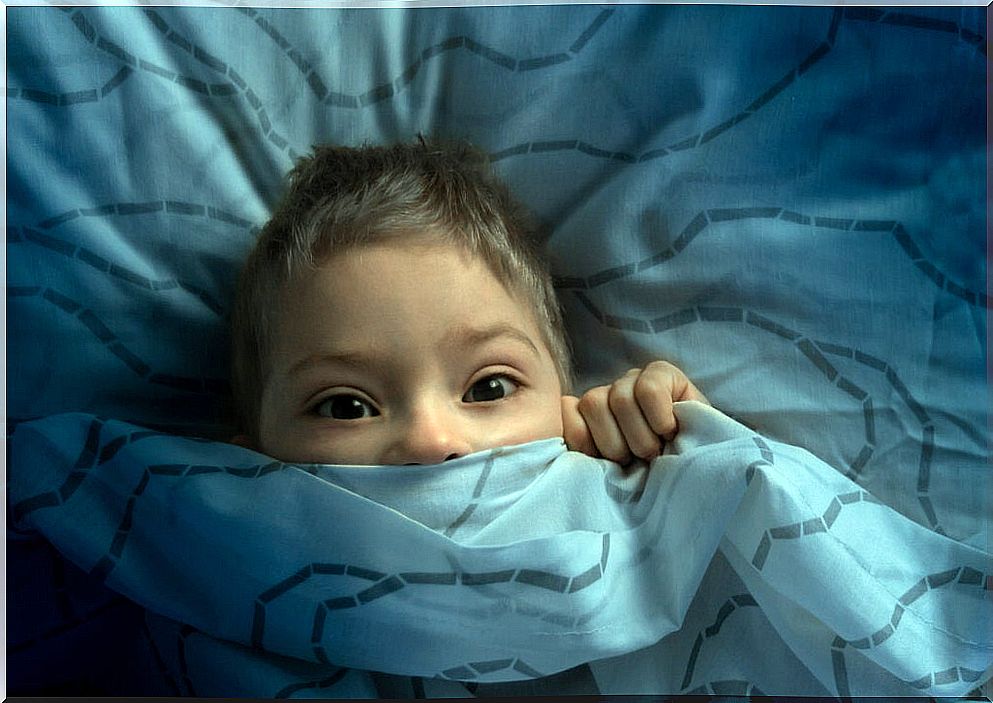
Therapy and treatment for children
When a child is diagnosed with generalized anxiety disorder, the way to treat it is interdisciplinary. In fact, therapists can use several approaches to improve the quality of life of the child.
Psychological therapy
Cognitive behavioral therapy is the most effective treatment for childhood anxiety. The approach to be taken always depends on the age of the child or adolescent. In most cases, however, the process of psychotherapy can help the child to:
- develop a positive inner dialogue
- Treat fear and develop healthier thoughts
- understand and deal with their emotions
- develop relaxation techniques
- improve coping skills in the face of discomfort and worry
- develop better social skills and self-esteem
However, it is important that parents are also involved in the therapy. Because they can help the child understand their situation.
Pharmacological approach
Sometimes childhood anxiety also requires pharmacological treatment. In these cases, doctors usually prescribe selective serotonin reuptake inhibitors (SSRIs). This is actually the most effective treatment with the fewest side effects.
To be more sensitive to children’s needs
Anxiety disorders increase in children. In addition to generalized anxiety disorder, they suffer from other conditions such as panic disorder and separation anxiety. While it is true that there may be biological factors that explain outbreaks of these disorders, the most obvious causes are psychosocial. In fact, environmental events and changes, as well as family dynamics, tend to determine conditions in many cases.
Early detection, support from medical professionals and closeness to parents at all times will undoubtedly guarantee good therapeutic progress. Finally, it is clear that parents and teachers in general need to be more sensitive to children’s needs.

